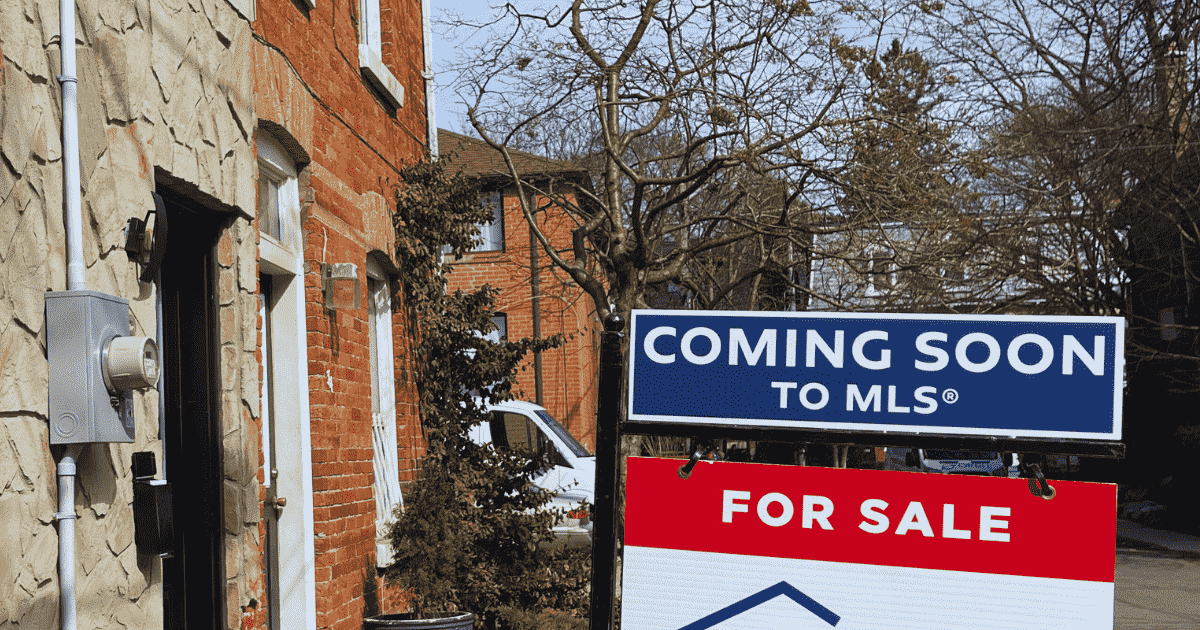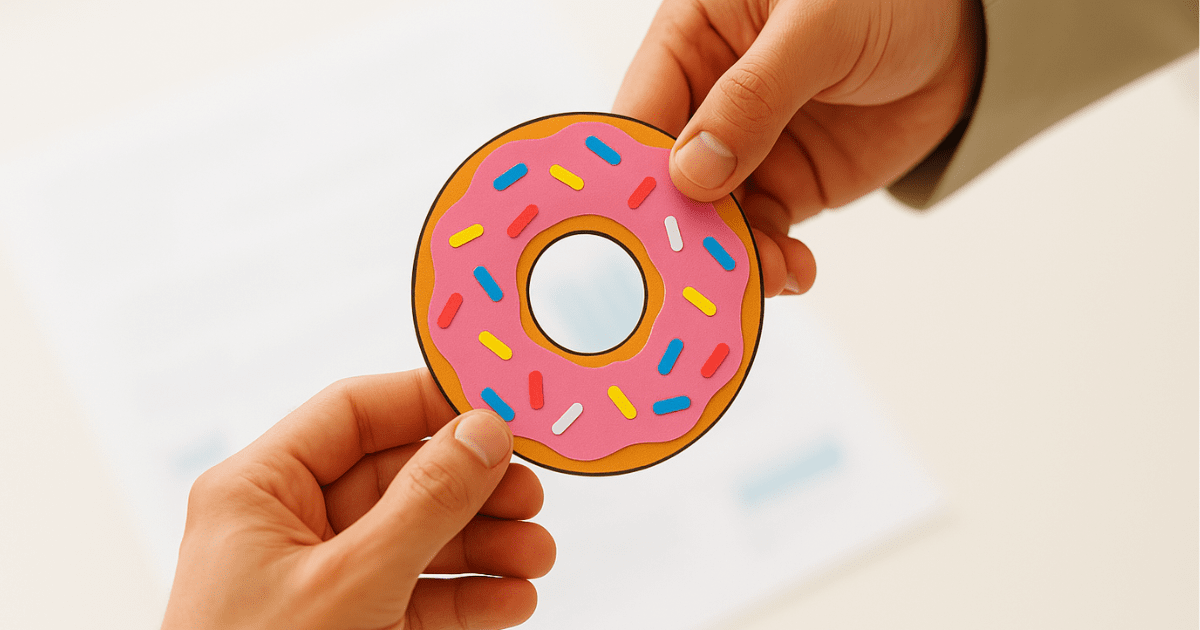What’s the deal with all those people who are moving and find that their donations of clothing, furniture and household items are being rejected.
It’s Marie Kondo’s fault.
No lie. The Japanese author/organizing consultant’s famous advice to jettison belongings that don’t “spark joy” has spurred an international decluttering frenzy that is reportedly overloading thrift stores and second-hand retailers.
Her Netflix series Tidying Up with Marie Kondo and best-selling books have created a movement. Her last name is now being used as a verb. As in, “I’m going to Kondo that linen closet.”
Kondo says she has been obsessing about storage systems since the age of five.
The KonMari method, her organizational strategy, focuses on first discarding items (by category rather than by room), starting with clothes, then books and papers, and afterwards organizing spaces thoroughly.
Like most cultural phenomena, the time was ripe for her contribution to society when Kondo arrived neatly on the scene, storage boxes in hand, items within stacked vertically rather than horizontally (a practise she observes with polite fanaticism). Decades of feverish consumerism have resulted in most of us owning far more than we need. A trend back to greater simplicity is the natural next stop on the wheel.
There are countless ways to get rid of unwanted belongings, including estate and garage/yard sales, online classified sites or marketplaces, consignment stores, antique dealers, auctions, pawn shops, movie prop companies or donating to charity shops or shelters.
But although the pickings are anything but slim nowadays, grateful beneficiaries are decidedly thinner on the ground.
Your friends and relatives, particularly your kids, will be first in line. But heads up. They may not be interested.
Millennials tend to have zero interest in “brown furniture,” the glossy, dark wood pieces that an older generation grew up with, says Laurie Hunt, owner of Toronto Residential Downsizing Services, which provides professional guidance to families, real estate professionals and executors involved in managing the inventory, evaluation and dispersal of a home or estate.
Hunt personally is fond of older dark furniture and is sad to see its fall from grace.
“We are stuck in a rut with modern furniture,” she says. “The wonderful old things are built so much better.”
Although there are glimmerings of a possible resurgence in inherited dark furniture, particularly with one item being used as a focal point in an otherwise modern space, “Lots of post war pieces still don’t have any value – big dining tables, hutches, sideboards,” says Hunt.
The same goes for vintage china and silverware. “Anything with chips is garbage,” she says. And with the latter, sterling may retain some cache, but silver plate has almost none.
That said, Hunt stresses the importance of getting quality pieces evaluated. Besides true antiques and sterling silver, where you’ll want to do this generally is with artwork, sculptures, and jewellery. One of her roles as a consultant is to identify items of value and sell them, with the profits going back into the estate.
Hunt is a big fan of re-purposing items and keeping them out of landfills. That old sideboard can be put to use as a dresser, for instance. The tea cart can be painted and given a second life as a bar cart. And she’s happy to see exquisite porcelain tea cups making a comeback as cocktail glasses and candle holders.
Due to the emotional nature of her work, it’s not unusual for her to witness relatives squabbling over who will take possession of those teacups.
“Most people think that their stuff has value, but they can confuse emotional value with monetary value,” she says.
Those fancy Royal Doulton figurines? Difficult to sell. Your books? Forget about it. A recent Globe and Mail article titled Who wants old books? No one it seems, these days says it all. The writer describes the painful divestiture of his cherished library of over 3,000 books. In the end he donated a fair number but was able to sell only one. (Do keep an eye out for special and first editions though.)
Stamp collections? Not usually collectible anymore. War memorabilia? If possible donate to a war museum or historical society. Letters and photos? Edit ruthlessly and put those you keep into albums. Old paper/documents/paid bills? Chuck them. You’re not likely to need them ever again. All those editions of National Geographic? You’re a hoarder. Recycle them.
“We save and collect through life, then one day the reckoning comes and we need to let things go,” says Hunt.
Although she is much less militant than Kondo, like her, she believes that it’s important to surround ourselves with things that give us pleasure and get rid of those that don’t.
Hunt often sees this realization dawning with clients when she stages their homes, effecting a startling transformation simply by decluttering and rearranging their own possessions. (She generally doesn’t bring in outside staging materials. “I find that fake,” she says.)
Her dos and don’ts for staging are common sense – keep things simple and colours soft; have everything immaculately tidy, well-lit and sparkling clean; remove dingy carpets and personal photographs; pour cleanser into sinks for a fresh smell; have someone with a design background position furniture and art and make sure garden beds and grass are edged and well trimmed.
“Many people purge their belongings and tackle much-needed home repairs and renovations just before listing. Frequently when they see the end result, their response is, “I wish I’d done it earlier so I could enjoy it,” says Hunt.
“Possessions are weighty. When we let go there is relief.”
Susan Doran is a Toronto-based freelance writer who has been contributing to REM since its very first issue.















